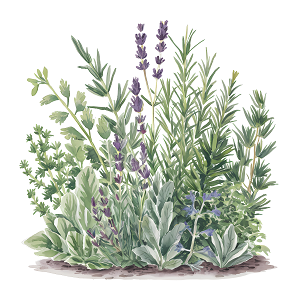 Herbal salves are used to help with a variety of medical issues including congestion and burns. You can usually find salves in over the counter options, but you may notice these options contain chemicals and preservatives you may not feel comfortable with.
Herbal salves are used to help with a variety of medical issues including congestion and burns. You can usually find salves in over the counter options, but you may notice these options contain chemicals and preservatives you may not feel comfortable with.
In fact, some contain manufactured oils than can be harmful to your skin or to your sinus passages. These issues lead some people to create their own herbal salves. This allows you to control what goes into them and what herbal bases are used. Here are a few tips for creating these salves on your own.
Use the Right Oil Base
One of the key tips to making a salve is to make sure you are using the right oil base. You want an oil that will hold up and work as a salve. You don’t want something that is too thin, but instead something with a bit more solid properties to it.
Coconut oil is ideal because it is easy to find, inexpensive, and will harden after it has been mixed. It also melts with body temperature, so you don’t have to worry about it being too hard to use. Make sure you are using a coconut oil base or even a cocoa or shea base. These are all solid oils that will hold up and store easily. They also won’t distract from the healing properties of the herbs you use.
Add Soothing Oils
Don’t stop with just the base oil and the herbs. Boost the salve with other healing property holding herbs and oils. For example, if the salve is for burns consider using Vitamin E oil as well. A few drops can help increase the soothing properties of the salve and help to give hydration to the area.
You can also add other herbs as well. Lavender and chamomile are an ideal option as well as aloe vera and lavender or aloe and sage. These all help in salves and don’t counteract each other.
Use Soy Wax
You may wonder why you would use wax in a salve. The reason is to stiffen the mixture and keep that salve feel to it. This is especially true if you are in high humidity areas or high heat areas like tropical environments.
The key thing to remember is to use smaller pellets such as soy pellets or beeswax pellets. These are easier to measure for your different recipes and easier to store. Block forms are fine, but they are difficult to breakdown into useable amounts for these types of salves.
Salves should be stored in a cool dry place. If you live in a very hot climate, then you may want to store them in the refrigerator until they are needed. This will keep them from melting and help maintain their potency.
